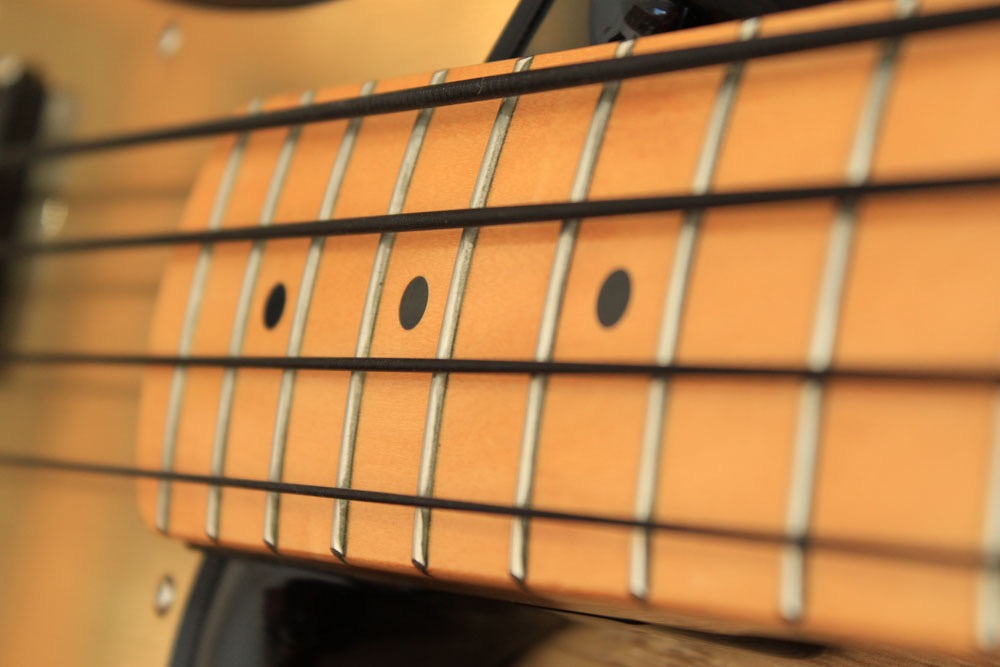Before there was Lionel Richie, there were Commodores (and after Lionel there were still Commodores). Taken from their 1977 self-titled fifth studio album, ‘Easy’ became one of the band’s biggest songs, neatly contrasting their funkier hits, ‘Slippery When Wet’ and ‘Brick House’ and hinting at their trajectory towards the smoother sound of later chart successes including ‘Nightshift’.
In spite of the fact that we’re in power ballad territory, Commodores bassist Ronald LaPread steadfastly refuses to mellow out or take a back seat in proceedings. Rather than adopting the warm, round sound that you might expect his tone on Easy is brash and bold, allowing his lines to cut through the mix.
This transcription is based on the ‘extended version’, available on The Commodores Anthology and clocking in at around 4’50”. Most of the versions on streaming services are the single edit, which omits some of the key change section.
Commodores – ‘Easy’ Bass Transcription PDF
A note about ghost notes: even with some extreme EQ settings it was difficult to accurately hear when Ronald was playing anticipatory ghost notes along with the kick drum and when it was just kick – I’ve gone for a ‘common sense’ approach, which starts with a less busy verse groove and increases the ghost note count as the song progresses. Does it matter? Probably. Will anyone notice if you don’t play this exactly as written on a gig? Definitely not. There are also some high Bb notes that are barely audible, so I’ve put them in brackets.
Attention harmony nerds: the Bbm7/Eb is definitely functioning as Eb9sus4, but I’ve opted for slash chord notation as that’s how most piano players that I encounter like to think about extended chords.
Then there’s that fill (bar 21). Just as we’re all collectively inhaling to croon along with verse two, we’re smacked in the face by a cascade of 16th-note triplets. Playing this lick smoothly and landing cleanly on the Ab on beat one of the next bar is harder than it seems; you’re going to have to shift positions at some point in there (assuming you’re not playing a bass with a C-string).
My preference is to shift between the C and Bb on the D string, which still requires a leap down to the Ab (option 1), but some might find that performing a bigger shift is better, as it puts everything else in the right position straight away (option 2):

And yes, I do tend to still use the ‘1-2-4’ left hand approach up at the eighth fret.
The end of the middle 8 section (bars 45-46) offers another bass spotlight moment — it sounds to me like the first phrase is played almost entirely legato, which means starting on the fourth finger.

